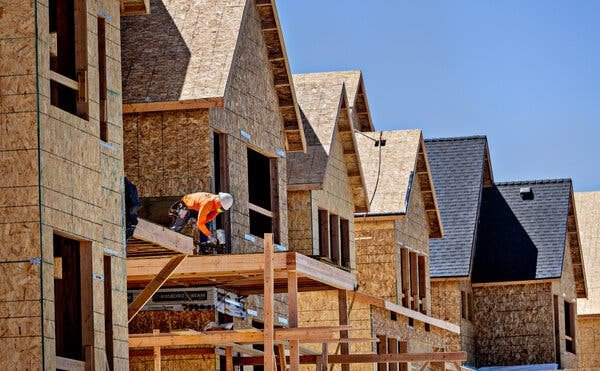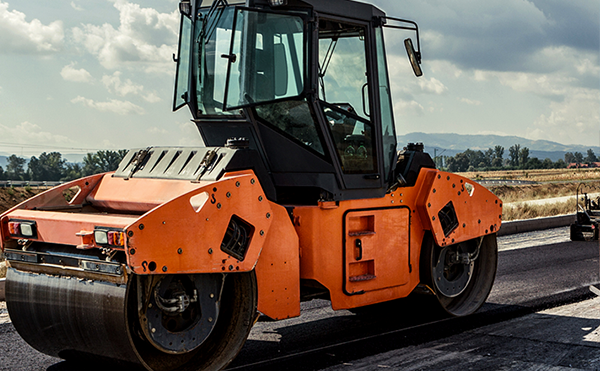The infrastructure that supports our daily commute, trade routes, and logistics is often taken for granted—yet road construction is a monumental task that combines engineering expertise, innovation, and strategic planning. Roads are more than just paths; they are lifelines for economies, enabling connectivity and development. In this post, we explore the complexities and processes behind modern road construction, from planning to execution, and discuss how new technologies are shaping this vital industry.
1. The Planning Phase: Laying the Foundation
Every successful road project begins with meticulous planning. Engineers and urban planners consider various factors:
- Environmental Impact: Assessing the road’s impact on the surrounding ecosystem to minimize disruption.
- Traffic Analysis: Determining the capacity needs and ensuring the road design can accommodate future traffic growth.
- Cost Estimation: Creating a budget that accounts for materials, labor, equipment, and unexpected contingencies.
- Regulatory Compliance: Ensuring all designs align with government standards and policies for safety and sustainability.
Using Geographic Information Systems (GIS) and computer-aided design (CAD) software, engineers visualize routes, assess topographies, and identify potential challenges. This phase sets the course for the entire project, ensuring an efficient, effective, and well-supported foundation for construction.
2. Site Preparation: Clearing the Way
Before construction can begin, the site needs to be cleared and leveled. This involves:
- Clearing Vegetation: Removing trees, bushes, and other obstructions.
- Excavation and Grading: Using heavy machinery to level the ground, create a stable base, and manage slopes.
- Drainage Solutions: Installing systems to direct water away from the road surface, preventing erosion and pooling.
Site preparation is essential for creating a stable foundation for the road, minimizing the risk of future structural problems caused by unstable terrain.
3. Base Construction: Building a Strong Foundation
The road’s base layer is critical for ensuring durability. This layer supports the weight of the road and helps distribute loads from traffic. The base construction includes:
- Laying a Subbase: Typically made of crushed stone or gravel, the subbase provides stability and prevents shifting.
- Adding a Base Course: A denser, compacted layer that serves as the main load-bearing layer of the road.
A well-constructed base can prevent issues like potholes and cracking, contributing to the road's longevity and reducing long-term maintenance costs.
4. Paving: Crafting the Road Surface
Once the base is prepared, the paving process begins. There are several options for paving materials:
- Asphalt: Commonly used for its durability, flexibility, and cost-effectiveness, asphalt is also easier to repair and replace.
- Concrete: Though more expensive, concrete roads can last longer and require less maintenance, making them ideal for highways and heavy-traffic areas.
During paving, the materials are heated and applied in layers, with rollers used to ensure a smooth, compacted surface. Attention to detail in this phase is crucial, as even minor imperfections can lead to long-term issues like cracking or rutting.
5. Finishing Touches: Marking, Signage, and Landscaping
After the road is paved, additional elements are added to improve safety and usability:
- Lane Markings: Painted lines and reflectors ensure safe navigation, especially in low-visibility conditions.
- Signage and Guardrails: These guide drivers and help prevent accidents by marking turns, speed limits, and other critical information.
- Landscaping: Enhancing the roadside with greenery or drainage solutions can improve aesthetics and reduce environmental impact.
These finishing touches make the road functional, safe, and visually integrated with the surrounding area.
6. Technology’s Role: Smart Roads and Sustainability
Technology is revolutionizing road construction with sustainable practices and innovations. Examples include:
- Recycled Materials: Incorporating recycled asphalt and concrete reduces waste and cuts costs.
- Smart Sensors: Embedded sensors can monitor traffic flow, temperature, and stress on the road, providing real-time data for maintenance planning.
- Eco-Friendly Asphalt Mixes: Using low-energy mixes and “warm mix” asphalts reduces emissions during production and application.
These innovations align road construction with environmental sustainability goals, ensuring new roads are durable, smart, and eco-conscious.
Final Thoughts: The Future of Road Construction
As cities expand and the demand for reliable infrastructure grows, road construction will continue evolving to meet these needs. From more sustainable materials to data-driven maintenance, the future of road construction looks promising. Roads will not only connect us but also contribute to our commitment to a greener, smarter world.
This blog can serve as an informative guide for readers interested in the intricacies of road construction, highlighting both traditional methods and new technological advancements.





Leave a Comment